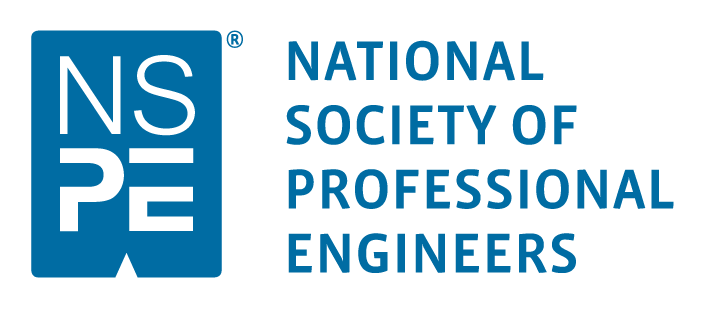Phase I Environmental Site Assessments in New Jersey
Commercial property owners, potential buyers or tenants, lenders, and asset managers should conduct the environmental due diligence for a property by having a Phase I Environmental Site Assessment (ESA) completed. This evaluation follows the US Environmental Protection Agency’s (EPA) All Appropriate Inquiries (AAI) requirements. It is typically done before property acquisition to obtain protection against possible environmental liability, particularly from contaminated property transactions.
What is a Phase I Environmental Assessment?
A Phase I Environmental Site Assessment, often known as Phase I ESA, is carried out as part of a commercial real estate transaction. Its purpose is to investigate a property’s present and previous usage to determine whether such operations affected the soil or groundwater underlying the property. This will help evaluate if such activities pose a hazard to the environment or people’s health.
The assessment can be performed on various properties, including the following:
- Manufacturing sites
- Commercial structures
- Agriculture-related properties
- Industrial sites
- Vacant spaces
A Phase I ESA can help safeguard both the buyer and the seller in a real estate transaction. Information revealed from the assessment can also affect the property’s value.
A Phase I ESA is frequently carried out at the lender’s request before financing. It may also be performed for due diligence in connection with real estate transactions, redevelopment or rezoning of a property, or as part of a leasing agreement.
There is no specific time when a Phase I ESA should be conducted. But to acquire protections against potential environmental liabilities, a Phase I ESA must be undertaken or updated within 180 days before the date of property acquisition. A qualified environmental professional must also complete the evaluation.
Moreover, there are different guidelines for reporting on projects connected to Fannie Mae, Freddie Mac, the Small Business Association (SBA), and the US Department of Housing and Urban Development (HUD). Some governmental organizations and lenders could want more due diligence reports. One or more of these reports might be the following:
- American Land Title Association Survey
- Hazardous Materials Survey
- Probable Maximum Loss Report
- Property Condition Assessment (PCA)
- Soil Testing
Although not required by ASTM (formerly known as the American Society for Testing and Materials), Phase I ESA reports can also cover suspected asbestos-containing materials (ACM), lead-based paint (LBP), mold growth, and the possibility of lead in drinking water.
A Phase II Environmental Site Assessment will typically be advised if additional site investigation is needed. Phase II ESA generally involves the collection of samples of soil, groundwater, or soil vapor from the subsurface to check for contaminants of concern.
What Happens in a Phase I Environmental Site Assessment?
There are generally four phases to a Phase I ESA: records review, site inspection, interview, and reporting.
- Records Review
A Phase I ESA involves researching a property’s government environmental records and historical use. The environmental professional will gather and analyze the site’s documents, including historic city directories, historic fire insurance maps, aerial photos, land use maps, city records, land titles, and environmental records for the property.
- Site Inspection
A site visit aims to assess the site’s present condition and operations and determine any potential environmental concerns. The commercial building inspection NJ usually involves a tour of the location and documentation of the observed site conditions. A commercial building inspector will visually inspect the subject property and its adjacent structures to determine potential contamination sources.
- Interview
The interview is typically conducted together with the site inspection. The environmental professional will inquire with past and present owners, personnel, operators, occupants, local government officials, or individuals with site knowledge to better understand the current and historic operations and use of the property.
- Reporting
After data gathering, the environmental professional will outline the observations found on the property in a Phase I ESA report. This will summarize the environmental professional’s findings, data gaps, and conclusions. If appropriate, the report also recommends future research on any recognized environmental conditions (RECs) found on the property.
RECs denote the presence of known pollution or the possibility of contamination, either from the subject property or an offsite source. A controlled recognized environmental condition (CREC) shows that contamination has affected the land and has been investigated and remedied. However, contamination still exists and could potentially necessitate extra work if the site were to be redeveloped. A historically recognized environmental condition (HREC) provides that the property had releases that impacted the environment but they have been investigated and addressed to meet conditions for unrestricted use.
The Significance of a Phase I ESA
A Phase I ESA is essential to the sale of property, particularly for those commercial real estate deals. It represents the requestor’s due diligence to identify historical or present-day property issues. Conducting the evaluation helps protect the user’s liability and safeguards the landowner from any potential legal problems.
Additionally, environmental site assessments can provide documentation to hold responsible parties accountable for producing contamination if discovered during the investigation. Buyers, lessors, and even lenders may be held liable for owning, operating, or financing facilities that have environmental contamination, even if the prior owner caused the pollution, if not discovered and documented at the time of the real estate transaction.
Lockatong Engineering Services in New Jersey
Lockatong Engineering provides comprehensive building engineering and environmental services for commercial, institutional, manufacturing, residential, and association properties. When considering a commercial property purchase, Lockatong Engineering professionals can help clients with their Phase I Environmental Site Assessment needs.
Lockatong Engineering’s Phase I ESA service covers physical site inspection, review of relevant records, and interview of individuals with property knowledge. The firm’s building inspection engineer NJ also conducts property condition assessments (PCA), an evaluation usually performed together with the Phase I Environmental Site Assessment.
Contact us to get in touch with our environmental consultants and commercial building engineer NJ today.








